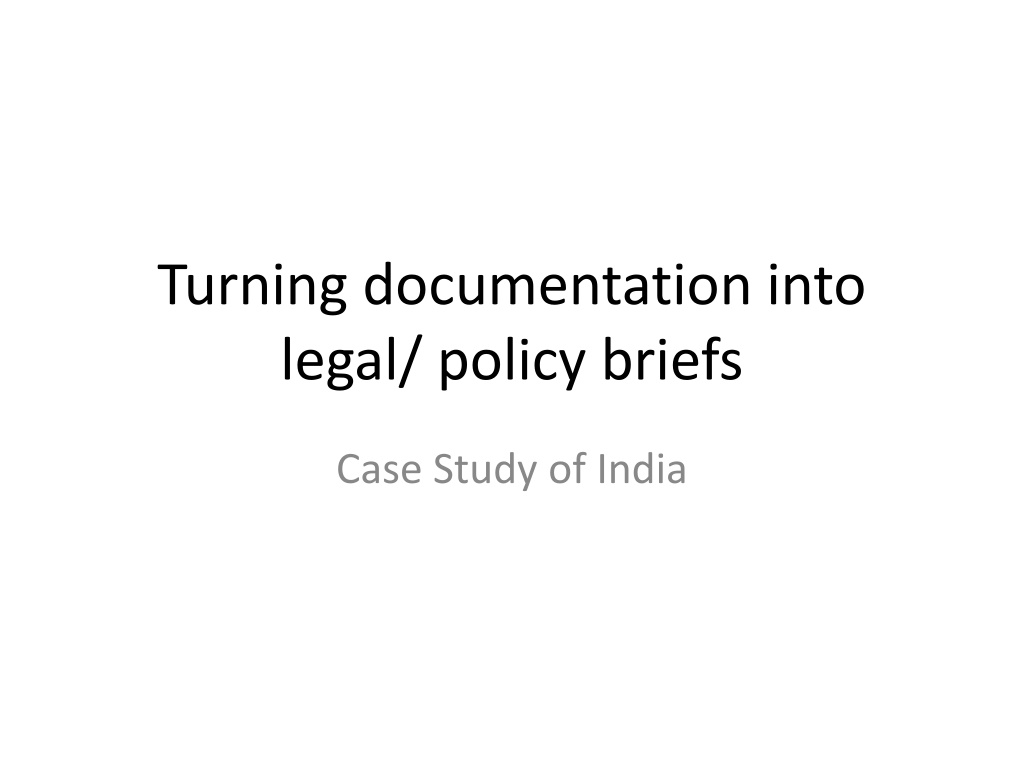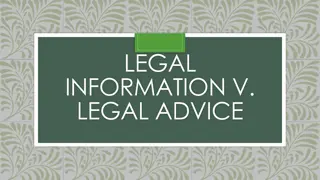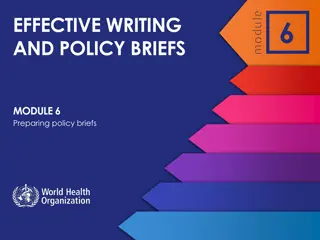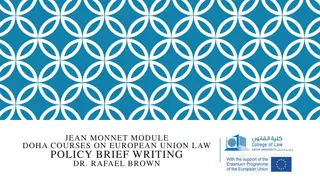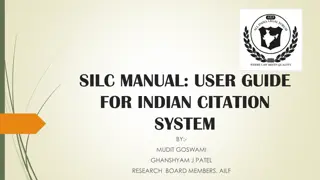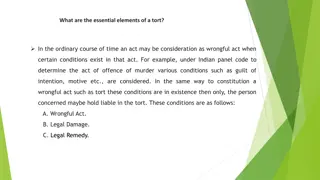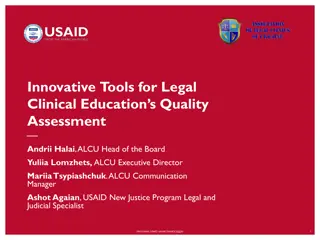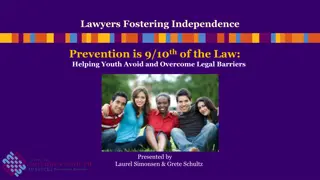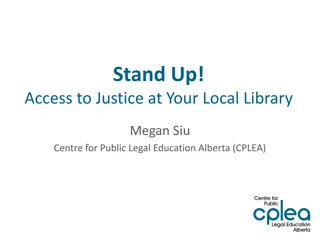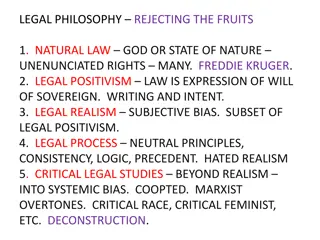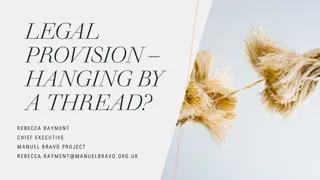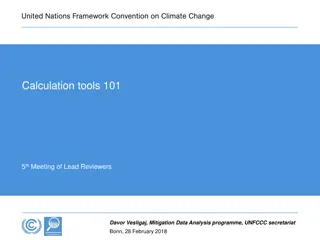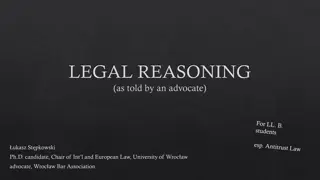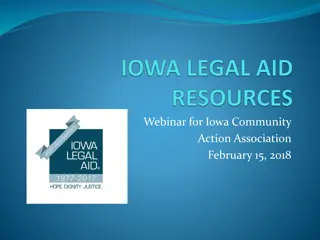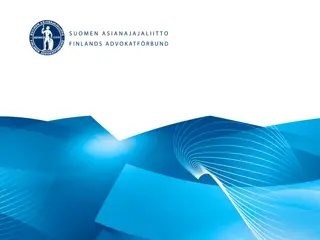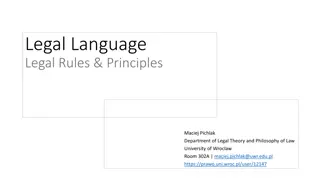Transforming Documentation into Legal Briefs: A Case Study of India
Delve into the process of turning documentation into legal/policy briefs through a case study focused on India. Explore the importance of fact-finding, uncovering hidden issues, and advocating for human rights. Witness the impact of reports in exposing violators, providing evidence of systemic violence, and giving a voice to marginalized communities. Discover how these reports can be utilized in ongoing legal cases to combat discrimination and promote justice.
Download Presentation

Please find below an Image/Link to download the presentation.
The content on the website is provided AS IS for your information and personal use only. It may not be sold, licensed, or shared on other websites without obtaining consent from the author. Download presentation by click this link. If you encounter any issues during the download, it is possible that the publisher has removed the file from their server.
E N D
Presentation Transcript
Turning documentation into legal/ policy briefs Case Study of India
Why do fact finding? Intervene in existing campaign Bring a hidden issue into the open Change language of shame and secrecy to rights and dignity
Report by a human rights group PUCL-K Who are hijras and kothis Testimonies Contextualization: moving beyond an incident Explanatory framework Why the violence Signpost way forward Reccomendations
Testimony: The Heart of the Report I Kokila state that I identify myself as a hijra, that is a member of a traditional male-to-female transsexual community in South Asia. That on18th June, 2004 (Friday), around 8 p.m., while I was dressed in womens clothing and waiting on the road, I was raped by 10 goondas (all male) who forcefully took me to the grounds next to Old Madras Road. They threatened to kill me if I wouldn't have sex with them. I was forced to have oral and anal sex with all of them. While I was being sexually assaulted, two policemen arrived. On the arrival of the police most of the goondas ran away from the scene but the police caught two of them. In the Police Station I was subjected to brutal torture. The police took me to a room inside the Police Station, stripped me naked and handcuffed my hands to a window. Six policemen all of whom seemed to be drunk, allegedly drunk, hit me with lathis and their hands and kicked her with their boots. They abused me using sexually violent language, including the statements: "we will fuck your mother , we will fuck your sister , "khoja" (derogatory word used against transgenders) and "gandu" (one who gets penetrated anally, a derogatory word). I suffered severe injuries on my hands, palms, buttocks, shoulder and legs. The police also burned my nipples and chapdi (vaginal portion of hijras) with a burning coir rope. One policeman of the rank of SI (Sub Inspector of Police) positioned his rifle on my chapdi and threatened to shoot me . He also tried pushing the rifle butt and lathi into the chapdi and kept saying, "Do you have a vagina, can this go inside?" while other policemen were laughing. This was done with the specific purpose of insulting me by insisting that I as a transexual woman was not a real woman as I was not born with a vagina.
Impact of Report Expose violators Provide evidence to state that violence is systematic Provide language to speak about LGBTI issues Speak truth to power
Use in an ongoing case Case against Section 377 filed in 2001 How do you demonstrated that systematic violence is happening against LBGTI communities ? Convert documentation into affidavits
Reform of rape laws (2013) Should the law be gender neutral ?
